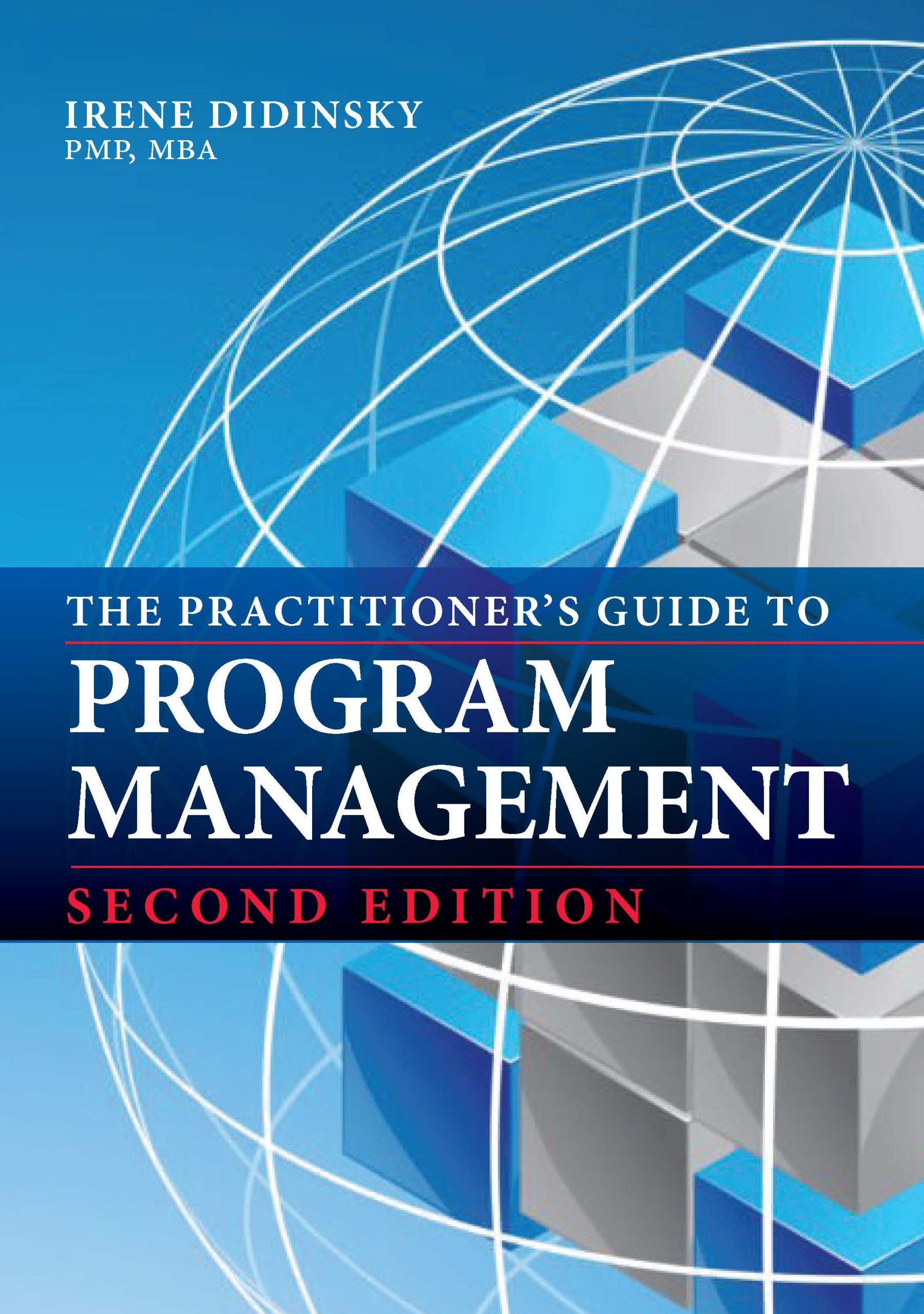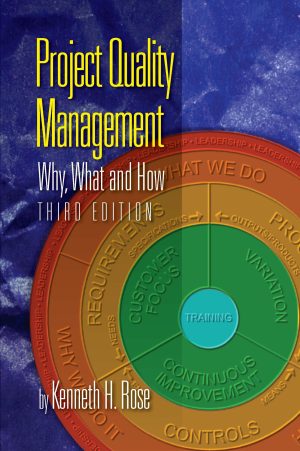The Practitioner’s Guide to Program Management
$49.95
Second Edition
By Irene Didinsky, PMP, MBA
Softcover, 7×10, 220 pages
ISBN: 978-1-60427-207-9
e-ISBN: 978-1-60427-862-0
May 2025
Description
Programs are essential to executing corporate strategies; however, their success depends on several critical factors: effective stakeholder engagement, robust program governance, skilled team management, a solid program management infrastructure, and adherence to a well-defined program management lifecycle. When these elements are missing or inconsistently applied, program execution often fails. Knowledge gaps, inconsistencies in how program management is defined across industries, and the absence of a standardized approach are common pitfalls.
Despite the high stakes, comprehensive resources on program management are surprisingly scarce. That’s where The Practitioner’s Guide to Program Management, Second Edition, steps in to fill the void. This updated edition of the original classic provides a systematic approach to program management, addressing the critical need for clear definitions and practical guidance. Divided into strategic and tactical parts, the book covers everything from executing corporate strategy through programs to delivering them on time and within budget. With easy-to-follow chapters and helpful visuals, this guide empowers program managers to standardize practices and reduce inconsistencies, ensuring successful outcomes time and time again.
Key Features
- Provides a strategic, well-defined roadmap and framework for program success built upon mature program management practices
- Breaks down the complexities of program management with detailed, real-world examples
- Addresses how to navigate the new challenges and opportunities in our post-Covid world, integrating the latest trends to help program managers stay ahead of the curve
- Describes how organizational structure influences the role of a program manager and introduces the concept of the program management continuum, which outlines the four phases within project- and program-oriented organizational structures
- Provides an in-depth analysis highlighting the importance of aligning program strategy with organizational strategy and describes the elements that program managers and program sponsors create to ensure it throughout the program lifecycle
- Discusses the future of program management, including the adoption of agile methodologies, enhancing risk management, growing communication and cultural competence, fostering innovation, and emphasizing sustainability
- WAV offers Excel and MS Project template files for the business case featured in the book and helpful PowerPoint presentations for the reader—available from the Web Added Value™ Download Resource Center at www.jrosspub.com
About the author(s)
Irene Didinsky, PMP, MBA, began her career in finance but quickly discovered a passion for project and program management. Over the years, she has excelled in roles of increasing complexity and responsibility across diverse industries. Irene has successfully managed projects with budgets ranging from $500,000 to $20 million and led global cross-functional teams of up to 50 members. Known for her exceptional problem-solving abilities, she leverages data analytics to identify opportunities, create value, and guide strategic decision-making. Her expertise encompasses leadership, conflict resolution, strategic planning, change management, and effective communication.
Irene has contributed her talents to leading organizations, including Deloitte & Touche and Kaiser Permanente. She currently serves at Sodexo, where she plays a pivotal role in managing the NorAm Tech & Services (T&S) value creation infrastructure and project portfolio. Collaborating closely with T&S executive leaders, she works to align and enhance operational initiatives that drive profitable growth for regional segments. Recognizing the need to foster program management expertise, Irene has founded and led Program Management Communities of Practice in several organizations, providing a platform for knowledge sharing and professional development.
Table of Contents
Executive Summary
About the Author
Chapter 1: What Is Program Management?
Program Management Industry History and Current State
Program, Project, and Portfolio Definitions
Why Organizations Deploy Programs?
Program Management Performance Domains
Program Life Cycle
Chapter 2: What Makes a Successful Program Manager?
Organizational Structure Empowers Program Manager to Lead
Program Manager Role
Program Infrastructure Enables Program Manager to Lead
Proficiency Framework Makes a Successful Program Manager
Comparison of Program, Project, and Portfolio Managers Roles
Chapter 3: Program Strategy Alignment
Organizational Strategy and Program Alignment
Business Case
Roadmap
Environmental Analysis
Phase Gate Review
Chapter 4: Program Benefits Realization and Management
Benefits Realization
Business Value
Business Results
Benefits Management
Chapter 5: Stakeholder Engagement
Stakeholder Identification
Stakeholder Engagement and Conflicting Priorities Management
Stakeholder Engagement Planning
Stakeholder Engagement
Stakeholder Conflicting Priorities Management
Chapter 6: Program Governance and Team Management
Governance Structure
Governance Roles and Functions
Team Responsibilities
Build, Lead, and Off-board a Program Team
Chapter 7: Program Life Cycle Management
Program Life Cycle Phases
Definition Phase
Benefits Delivery Phase
Components Planning and Authorization
Components Oversight and Integration
Components Transition and Closure
Closure Phase
Chapter 8: Program Management Infrastructure
Program Procurement Planning and Execution
Program Procurement Planning, Administration and Closure
Infrastructure Overview
System Requirements for Effective Program Execution
Program Management Plan
Program Definition Phase
Program Benefits Delivery Phase
Closure Phase
Program Monitoring and Periodic Evaluation
Program Risk Management
Escalation Mechanism
Program Change Control Process
Changes Control Process
Quality Control Process
Program Communication
Chapter 9: Effective Program Management
Mechanisms to Deliver a Program on Time
Mechanisms to Deliver a Program Within Budget
Effective Program Resource Management
Resource Forecasting, Estimation, and Actual Tracking
Chapter 10: Future of Program Management
Program Management Industry Current State
Current challenges and areas for improvement
Current Trends
Program Management Industry Future
Chapter 11: Program Management Community of Practice
Program Management Community of Practice Value
Foundation, Benefits, Structure, and Operational Activities of the Program Management Community of Practice
Foundation
Benefits
Costs
Structure
Operational Activities
Glossary
References
Index
Reviews
“The second edition of this book is a timely evolution, tackling the challenges of our rapidly changing world. With expanded insights on globalization, virtual collaboration, emerging project management tools, and AI, it provides invaluable guidance for navigating the complexities of modern projects.”
—Pierre Clemenceau, President and Founder of Real Time Recruitment, Inc.
“Whether you are a seasoned professional or new to the field, this book is an essential resource. It offers an insightful perspective on global cross-collaboration in our post-COVID era.”
—Husein Kitabwalla, Sodexo CEO, Tech and Services President
You may also like…
Related products
-
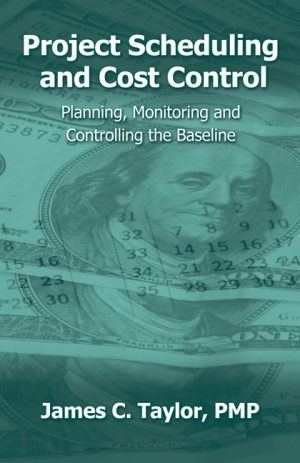
Project Scheduling and Cost Control
Retail Price: $59.95$49.95 Add to cart -

ROI of Software Process Improvement
Retail Price: $59.95$49.95 Add to cart -
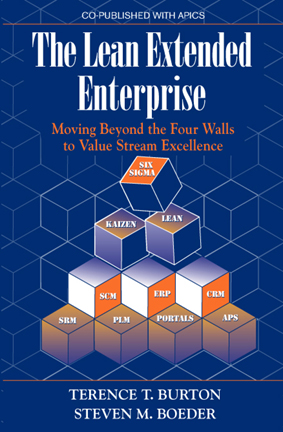
The Lean Extended Enterprise
Retail Price: $59.95$49.95 Add to cart -
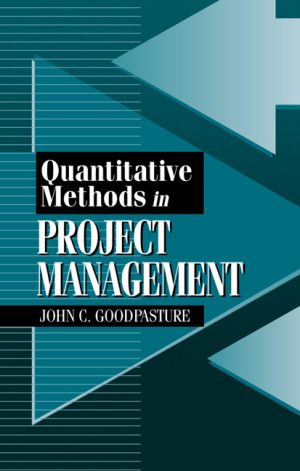
Quantitative Methods in Project Management
Retail Price: $64.95$59.95 Add to cart -

Directing the Flow of Product
Retail Price: $59.95$49.95 Add to cart

